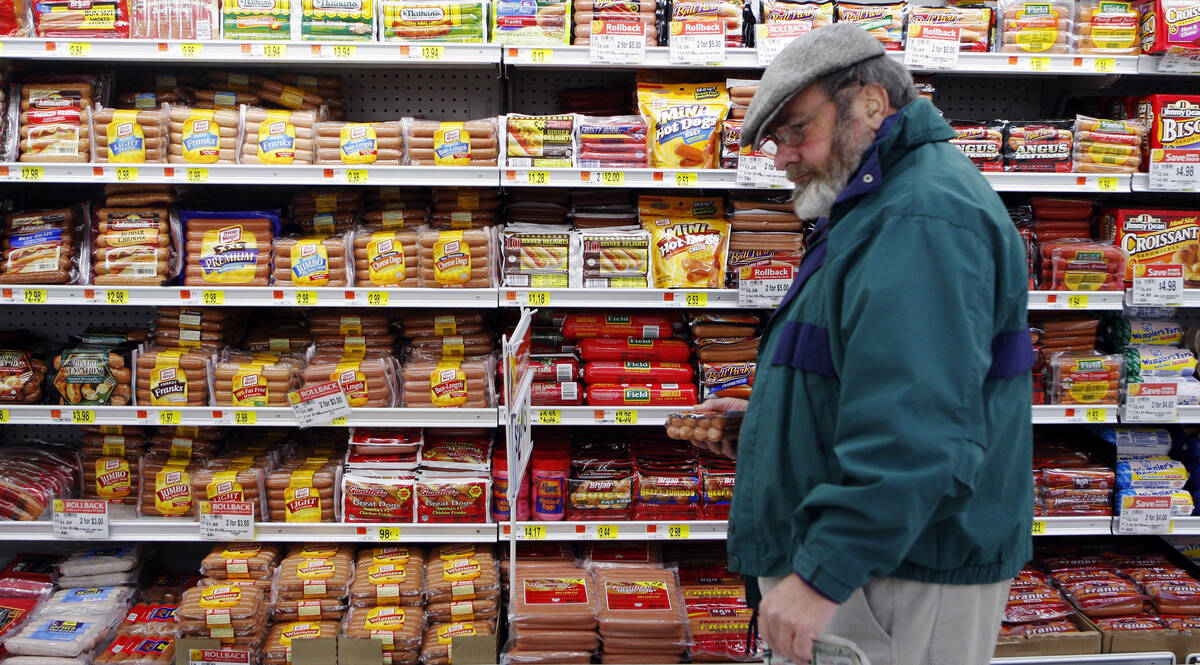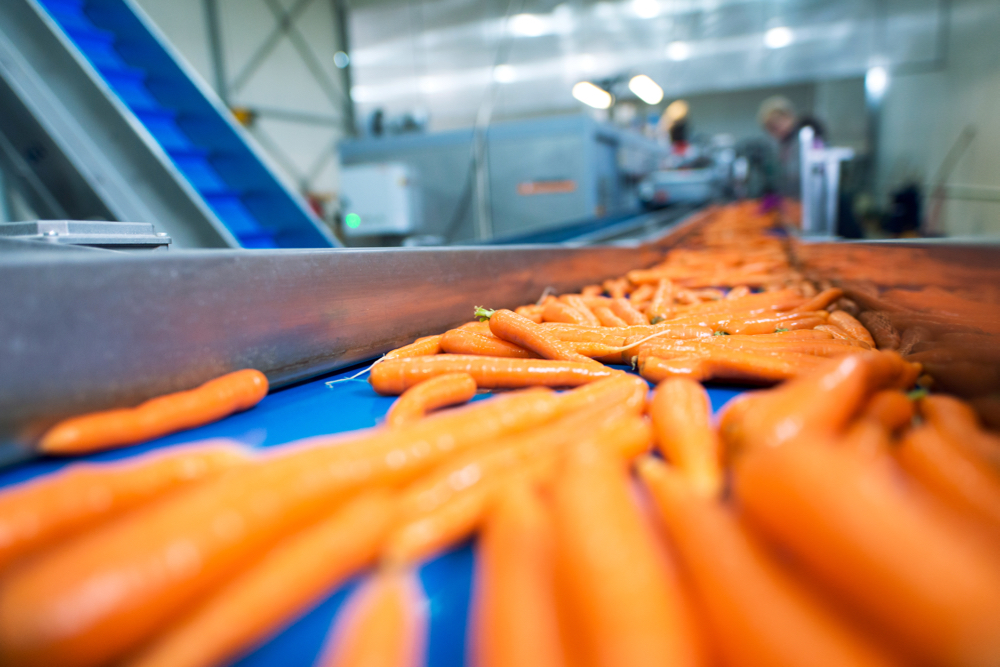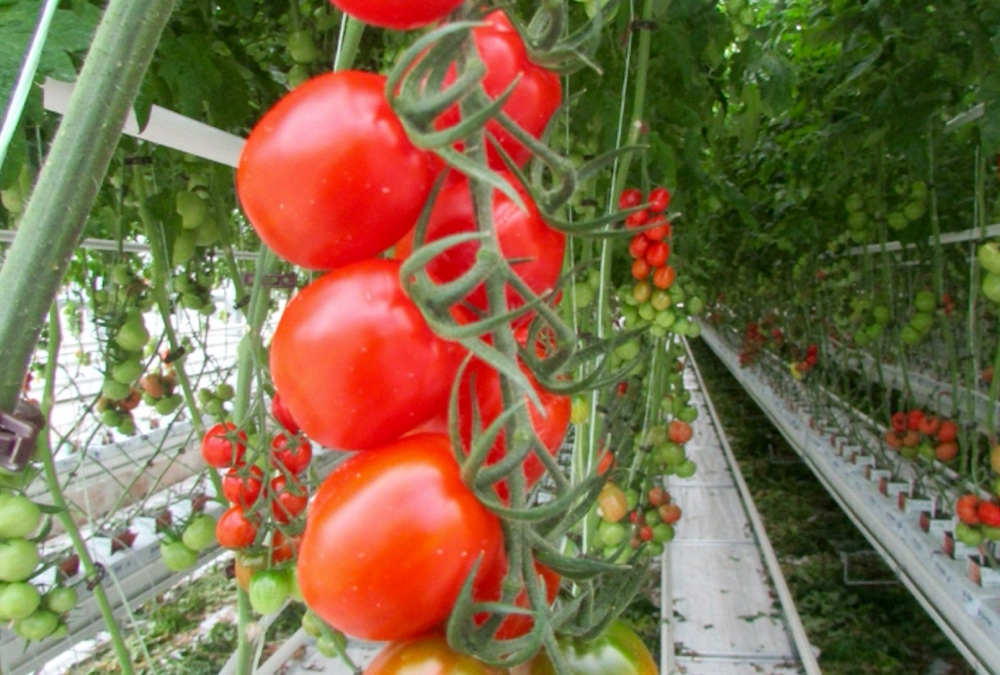Ontario processing tomato growers are harvesting one of the best crops in 10 years, with one of the top two contracted volumes of the past 10 years.
That’s despite political challenges to the industry as the provincial government dismantled and then recreated the board of the Ontario Processing Vegetable Growers Association.
Why it matters: Political upheaval had some concerned farmers would grow fewer tomatoes.
“There are a lot of tomatoes,” said Pete Brunato, a tomato grower in the Leamington area of Essex County. “We’ve run in fields that have run 65-70 tonne to the acre this year. Ordinarily those would be 42 to 44-tonne fields.”
Read Also

Canada seventh-most influential country on agri-food
Report from Dalhousie University and MNP shows Canada ranks seventh among G20 countries on agri-food influence.
Not only is the tonnage per acre extraordinary, the quality, measured by colour, solids and the ability to pack the tomatoes, is also excellent.
Brunato this year has a contracted volume of 19,500 tonnes of tomatoes for SunBrite Canning and Countryside Canning.
Growers are thrilled because they usually run eight to 10 hours a day to get their daily quota of tomatoes filled. This year they can harvest the volume in half the time.
The massive crop means that there will be significantly more tomatoes grown than are needed. Some will be left in the field. But if processors have the market and the cans (a challenge with metal and aluminum tariffs), there’s the chance for them to pack some inexpensive tomatoes. Farmers get paid for their extra production — albeit the price is lower for over contract production.
All field tomatoes in Essex County are grown using drip irrigation, and in a dry year like this one in that region, the farmers had more control over when they water and fertilize the crop. The dry weather also reduced disease pressures.
“Growing tomatoes this year is like growing in greenhouse. We had almost total control,” said Brunato.
Contract production has been growing since about 50,000 tonnes in demand was lost when the Heinz factory in Leamington was closed and sold to Highbury Canco. In 2017, the contracted acreage declined with the political chaos in the sector, but it grew again in 2018 to 471,000 tonnes contracted.
Cathy Lennon, general manager of the Ontario Processing Vegetable Growers Association (OPVGA), said there are five fewer growers producing processing tomatoes this year in Ontario.
The provincial government disbanded the OPVGA board of directors and installed a trustee to run the board operations in March 2017, when negotiations over the 2017 crop were at an impasse. The operations of the new board are getting back to normal, with appointed board members due to be fully replaced by elected board members this fall. The chair, however, was appointed for two years.
“When politicians are done and they go home, the farmers go to work,” said Brunato, who said he was unhappy when the elected board was disbanded.
“We had the best marketing board and marketing system in the country,” he said.
“I think our process is slowly going to come back to centre again.”
Lennon, who was hired about a year ago as the new general manager, said the new negotiation process puts negotiation teams together to determine prices with processors, versus the board of directors doing all the negotiating. She said the process went well this year with processing tomatoes. It will be rolled out with other processing vegetable crops, starting with cucumber negotiations due to start in October.
The new regulations mandate the establishment of industry advisory committees, made up of processors and growers to set longer-term strategy for the sectors. These have yet to be set up, but the plan is to do so after this year’s harvest.
She said that Ontario is on the right side of a global market that has had a difficult time growing tomatoes this year. The global production of processing tomatoes is down about three million tonnes from 2017, the lowest global production in many years. That means tomatoes from California will be needed to fill the European market.
Ontario tomato farmers still don’t know what they will be paid for their crop. Ontario’s price is set after the price is set for California tomatoes, the dominant processing tomato production region in North America.
California is having a difficult time completing contract negotiations this year, said Lennon. There are five California processors going to binding arbitration with their growers. Lennon expects the price for tomatoes to be up slightly this year over 2017.
















